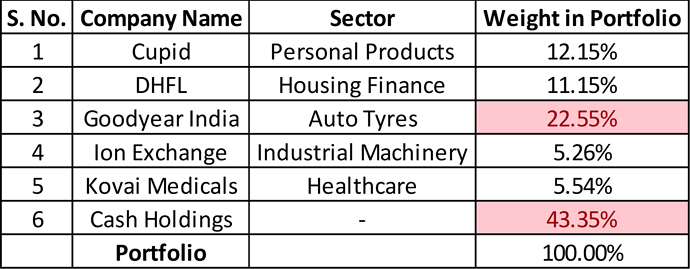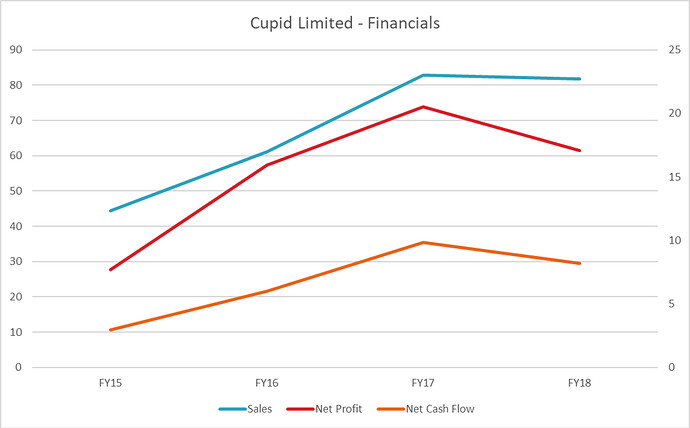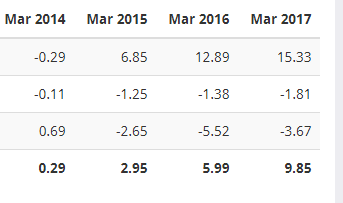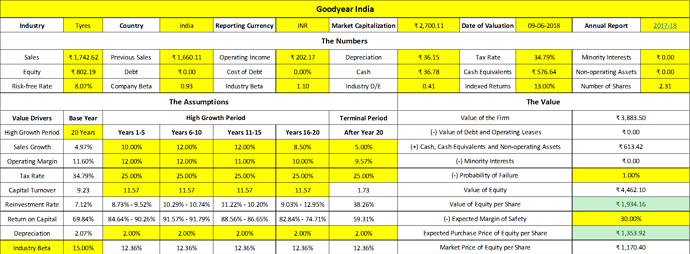Thank you.
Short term price movements and short term interest rate changes or whatever changes in the short term do not bother me. Can I wait for some time until RBI hikes interest rates and buy DHFL at a lower price? Maybe. But I don’t have a crystal ball. I already bought DHFL at decent levels. Now I just wait. There’s a long road to demand fulfillment and DHFL is definitely playing a part. If the market overreacts to interest rate hikes, I’ll go shopping for more.
In fact, as far as the Housing Finance space is concerned, I’d have loved to hold a bunch of them instead of a single one (Say DHFL, Repco and LIC Housing). But as you mentioned, many of them had already run up and weren’t available at a good price.
Regarding the number of stocks I hold, it is largely a function of when I started investing. I started around a year and a half back. But whatever I invested in my first year were dubious and based on quick fixes (Price Ratios, Return Ratios). I started valuing my purchases only about 6 months ago. So, there was a huge churn in my portfolio then, reducing the number of stocks I hold drastically. I don’t think that many stocks are available at a good price now. If I’d started investing around, say 2009, I’d probably have held 10-15 stocks now. I don’t think holding more than 15 stocks makes a lot of sense though.
Thank you.
And sure. My approach is fairly simple. As mentioned elsewhere in this thread, this is my code of conduct. I try to follow it religiously as much as I can. My role model in India is currently Prof. Sanjay Bakshi and Chandrakant Sampath of the yesteryears. Both of them are known for holding on to decades of underperformance and waiting for compounding to work. I try to emulate them as much as I can. Will I be half as successful as them? Only time will tell.
Secondly, I don’t have big expectations. Even if I earn around 15% for the rest of my investing life, I’d be a happy. So my investments concentrate more on capital protection than extraordinary growth prospects.








